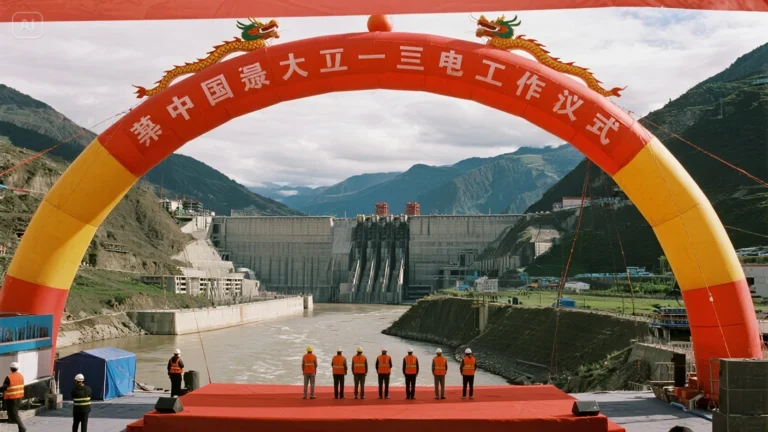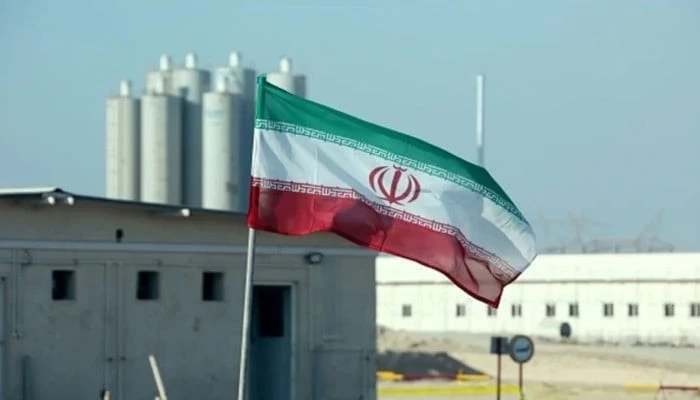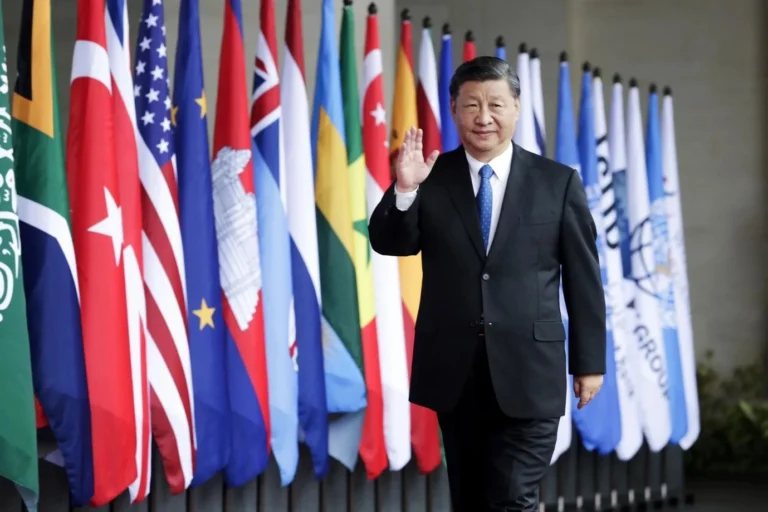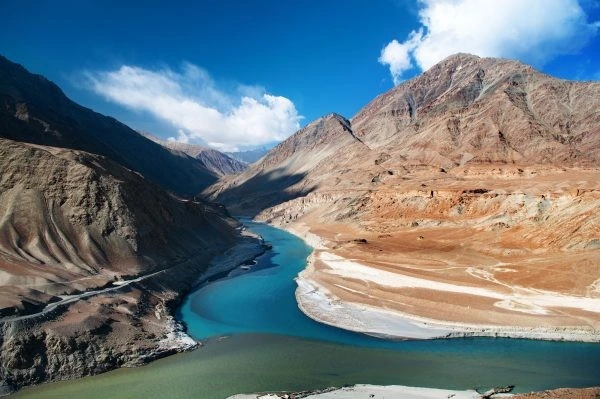Typhoon Danas: A Wake Up Call on Climate Disasters
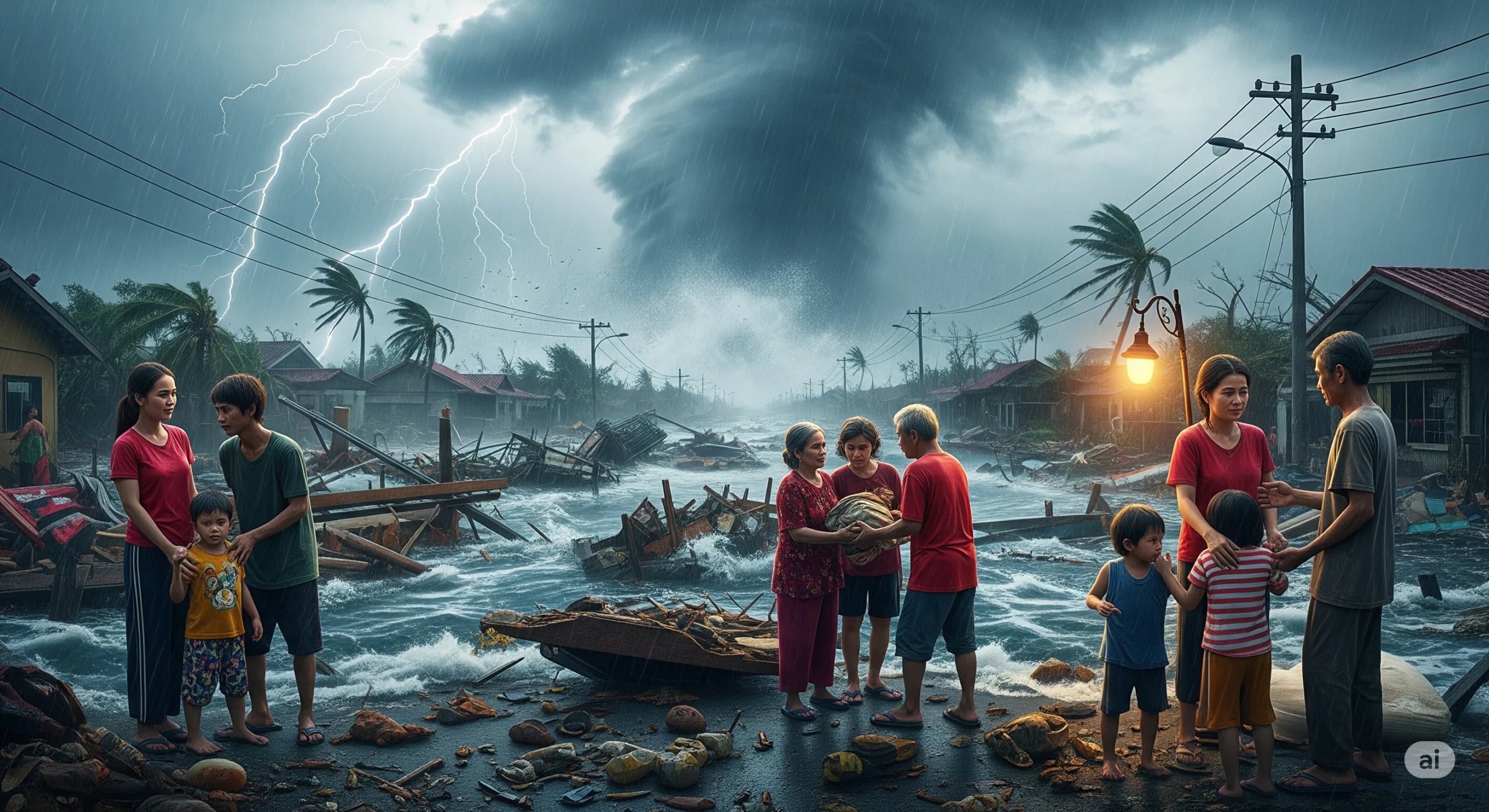
In July 2025, Typhoon Danas ripped through some islands in the Philippines, Taiwan and the southern Chinese coast causing a long track of destruction. Danas also caused deadly floods, mudslides and displacement of large number of people by sustained winds of more than 150 km/h. Albay and Catanduanes provinces in the Philippines were flooded with some communities being affected and land in the east coast of Taiwan were experienced to be suffering landslides and power blackouts
The province of Fujian in China, frequently in the line of fire of the summer typhoons, was again the main victim incurring heavy losses to agriculture as well as to infrastructure. Typhoon Danas is not something that can be put on the list of typhoons in the East Asia, just like all the other storms that are occurring that time of a year. It belongs to a new trend, the number and intensity of storms are increasing, they are becoming more than before unpredictable. Worldwide alarm bells, though, should be ringing now with the prediction that this year will be one of the busiest typhoon seasons in decades. With a continuing increase in global temperatures, the amount of energy to feed the tropical storms is also increasing. Danas, accordingly, is not mere a natural disaster. It is a message of the planet, and we should pay attention to it.
Climate Change and the Power of the Sea
Tropical cyclones such as Danas receive their power on warm ocean waters. This year has been characterized by the highest temperature ever before observed in the Pacific Ocean which is a direct result of increased global warming. The risk of intensification of cyclones multiplies with each 1°C warmer sea surface temperature. Warmer air also gives more moisture which adds to the intensity of rainfall and possibility of flash flooding which is witnessed quite powerfully in the aftermath of Danas.
This is not an exception. over the past few years, the Philippines and its neighbours have been hit by a series of such super typhoons. Haiyan, Goni, Rai, which broke records in terms of their wind speed, rainfall or numbers of people killed. Typhoon Danas to this fatal chain and emphasizes the new order of life in the Anthropocene. the norm has previously been climate extremes.
The Poor Always Pay the Price
Although storms are non-discerning their effects. The poor, displaced, coastal farmers and the urban dwellers in the slums carry the brunt. More than 10,000 families in the Philippines were moved into overcrowded shelters where there is both a lack of food and sanitation. The situation in rural villages in Taiwan was different since many of their older inhabitants were being confined in their houses. Once again the most affected migrant workers in China were the ones in substandard housing. This weakness of the human beings is further worsened by the fact that most of such communities are not always insured, politically represented or reached to be provided with the post disaster recovery finances.
Such climate injustice exists, and Typhoon Danas is an atrocious example. The least contributing countries towards climatic changes are the ones greatly affected by the impacts of climate change until we can begin to deal with the structural inequality both locally and globally, the reaction to those kinds of disasters will only be a plaster on top of a bleeding wound.
Are We Ready?
Typhoon Danas despite decades of warnings and early warning systems as well as risk mapping showed that there were still gaps in preparedness. Local authorities in the Philippines decried the poorly funded evacuation system as well as the delayed interaction between the states and the national government. Emergency workers in Taiwan found it difficult to re-open sections of the road which were blocked by landslides after the old maps failed to take into consideration the current risk of erosion. Thousands of residents in China reported that they were warned about the storm with too short a time to put the livestock inside and close the homes.
There are technological solutions, enhanced satellite imaging, artificial intelligence-based storm tracking, predictive evacuation modelling but this is not being implemented yet. It is not due to the unavailability of tools but due to insufficient political will and continuity in investments. We do very well in declaring climate emergencies, we do a much less terrific job at getting ready to meet them.
Turning Tragedy into Momentum
Typhoon Danas has passed out of the international limelight but its marks both on ground and on the lives of people, will last months or years. It is difficult to turn this tragedy into momentum. Climate change adaptation must be central to the table as governments plot towards the next in Brazil along with reductions in emissions. We must have international financing systems that give priority to disaster resistant infrastructure, early warning and local adjustment.
The partners should also pour more support to countries on the typhoon belt not only after the disasters have occurred but before the winds whistle. Assistance can never be reactive anymore; it should be proactive. In addition, media and journalists should not yield to the temptation of reporting the typhoons as an annual phenomenon. The storms are a challenge to our climate response as a community; every tragedy must know to give us more determination to impose better policies and speed.
The Bigger Picture: Danas is Everyone’s Storm
Although it was East Asia that suffered most due to Typhoon Danas, the point it makes is international with the worsening of climate events, there is no safe and sound region. Whether it is wildfires in the Mediterranean, floods in Germany or heat domes in North America, extreme weather is becoming the great challenge of our days. Whether Typhoon Danas has reminded us of anything, it is that we are all at the centre of the storm, the later we shall act aggressively, the more the winds will blow.






